Although the Sunbeam Venezia has an exotic name, it's nothing more than a Humber Sceptre in a party dress, albeit a rather costly party dress. When the Sunbeam Venezia was launched in September 1963 its asking price wasn't dissimilar from an entry-level Jaguar's – for a car with a 1592cc four-cylinder engine. No wonder Rootes dealers struggled to sell the Venezia, which lasted less than two seasons – not that the car was ever sold in the UK.
When the Sunbeam Alpine was launched in July 1959, the Rootes Group was on a roll. The engineer responsible for developing the Alpine was Alec Caine, who began a conversation with Touring of Milan at the October 1959 Turin Salon. Touring came up with some improvements for the Alpine and it was clear that this was a company that was pro-active and easy to work with.
Caine was keen to do more with Touring, which decided in the early 1960s to expand. That meant investing in a new factory in Nova Milanese, in one of Milan's northern suburbs; by October 1961 Touring had signed a contract with Rootes to build Alpines and Super Minxes for the Italian Market, an agreement that stayed in place until Touring went bust in 1966.
The Rootes Italian headquarters was also based in Milan and from 1960 until 1965 it was run by George Carless, who came up with the idea of a Rootes sporting saloon for the Italian market. In spring 1960 Carless presented his proposal to Brian Rootes who was keen to see this project progress, so Carless started talks with Touring, which in 1961 started to come up with some initial sketches along with a 1:10 scale model. With styling similar to contemporary Touring-designed Lancias and Maseratis, the principal designers for the new car were Frederico Formenti and Aquilino Gilardi.
Towards the end of 1961 the 1:10 scale model was shown to Lord Rootes and his colleagues, who were sufficiently impressed to ask for a prototype to be built. A Hillman Super Minx rolling chassis (all but identical to the forthcoming Humber Sceptre's, on which the production Venezia was based) was sent to Milan, where a right-hand drive prototype was constructed.
In mid-1962 the prototype was taken to England where Lord Rootes gave the approval for production to begin. A contract was signed for the initial manufacture of 300 Venezias, to be built on Humber Sceptre chassis and using the Rootes 1592cc engine.
The Venezia's 1592cc engine was borrowed from the Humber Sceptre but it was rated at 88bhp compared with the donor car's 80bhp. Rootes claimed that its new car was capable of as much as 175kmh (109mph), but the reality was more likely to be closer to 100mph, which was still a 10mph advance on the Sceptre. However, the Venezia's kerb weight was around 100lb (45kg) less at 2480lb, and it was also more aerodynamic, while overdrive was fitted as standard.
After its unveiling in Milan on 9 September 1963, the Sunbeam Venezia was officially launched three days later in Venice. This was the first time that a car had entered Saint Mark's Square, the Sunbeam having been transported there on a gondola along the city's canals.
The press received the car warmly, but expressed doubts about the price. Of the 1963 Rootes models, the Venezia cost about the same as the big Humbers. By 1964 its price was nearly as much as the Sunbeam Tiger with a Ford V8, and more than a Jaguar MK2 2.4. How would dealers be able to sell a 2+2 car with only a 1.6-litre engine at such a high price?
In September 1963 The Autocar reported on the Venezia and commented:
The Venezia is 11 inches longer than the Sceptre and the difference is very apparent when the cars are seen together. The use of the Sceptre wrap-over windscreen has permitted an unusually smooth, slightly domed roof line which contrasts with the flat, angular look of many of the latest small and medium saloon cars. The waist line is low and there is very little rise over the bonnet at the base of the windscreen. Depth and breadth of forward view are thus well above average.
Two of the widest doors we have seen on a car this size make it quite easy to get into the back seat. The arrangement is of the 2+2 type and the rear headroom is marginal for men. However, there is truly enough room in the back for two adults to travel short distances in reasonable comfort. The front seats are large and well upholstered, with plenty of shape to locate the occupants.
Being 1cwt lighter and aerodynamically smoother than the Sceptre, and having additional power, the Venezia has more urgent acceleration. There is no doubt that high revs and maximum speed are achieved more quietly and smoothly than with related models we have tried. Overdrive is standard on the Venezia and it operates on third and top.
So far as we could judge in our short trial run the suspension is slightly softer than that of the Sceptre, although there is scarcely any roll, even when a bend is taken fast. The car was on standard Pirelli tyres, and if one released the steering wheel when travelling fast on the autostrada the car continued, straight as an arrow, without a quiver or twitch being fed back to the wheel.
Although the original plan had been to sell the Venezia only in Italy, it soon became clear that it would have to be sold in other European markets as the Italians were wedded to the idea of buying Alfa Romeos and Lancias. Before long the Venezia was available in most European countries, except Great Britain where high import taxes would have made the car ludicrously expensive.
It didn't take long for the entire Venezia project to start to fall apart. Numerous strikes within the Rootes Group led to losses being incurred, so core models had to be the focus of the company's efforts, rather than niche products. The Touring workforce also went on strike in 1963, leading to financial losses which would never be overcome. The final straw was a change in Italian law which meant that cars with larger engines were more heavily taxed. Contracts between Touring and Lancia/Maserati were cut back and the development of new models was virtually halted.
With its new factory now severely under-utilised, Touring's parlous financial state led to the company going partly into receivership in March 1963. Staff were laid off but the company limped on for two years before going bust in March 1965 – although it didn't officially cease trading until December 1966.
With both Rootes and Touring struggling, the agreement between the two companies was regularly reviewed. By August 1963 the Venezia order had been cut to 250 and in the end not even that many were made.
At the large European shows and in dealers' showrooms the Venezia found itself unable to compete with new models. Handicapped from the start, it appeared progressively more outdated, with its elegant lines the only remaining attraction. A few cars found buyers as late as 1968, at drastically reduced prices.
There was talk of reviving the Venezia with a Ford V8 to enable it to compete with other American powered European cars from the likes of Gordon-Keeble, Jensen, Bristol, Iso and Facel-Vega. An agreement was even drawn up between Rootes, Ford and Carroll Shelby, but when Chrysler took over the Rootes Group this was dead in the water.
It isn't known exactly how many Venezias were made, but marque authority John Neal reckons the figure could be anywhere between 145 and 190*. Of these, just 25-30 are known to have survived. All of them were left-hand drive apart from just three. The car pictured was converted to right-hand drive by a Rootes dealer in the 1970s, while the prototype (registered 3153 VC) also had right-hand drive. The other two factory-built RHD Venezias were registered EYF 700C and EJD 54D; John Neal has owned the latter example since 1982.
*Many thanks to Leroy Curtis who got in touch in January 2025 to say that Geir Wilma Geralde Aspheim, magazine editor for the Rootes Car Club Norway, undertook extensive research into the Venezia's history and discovered that a total of 204 were built.
| Vital statistics | |
|---|---|
| Produced | 1963-1965, Italy |
| Number built | 204 |
| Engine | Front-mounted, 1592cc, 4-cylinder |
| Transmission | 4-speed manual overdrive, rear-wheel drive |
| Power | 88bhp at 5800rpm |
| Torque | 95lb ft at 3500rpm |
| Top speed | 100mph approx |
| 0-60mph | 18.4 seconds |
| Launch price | £1440 before taxes |

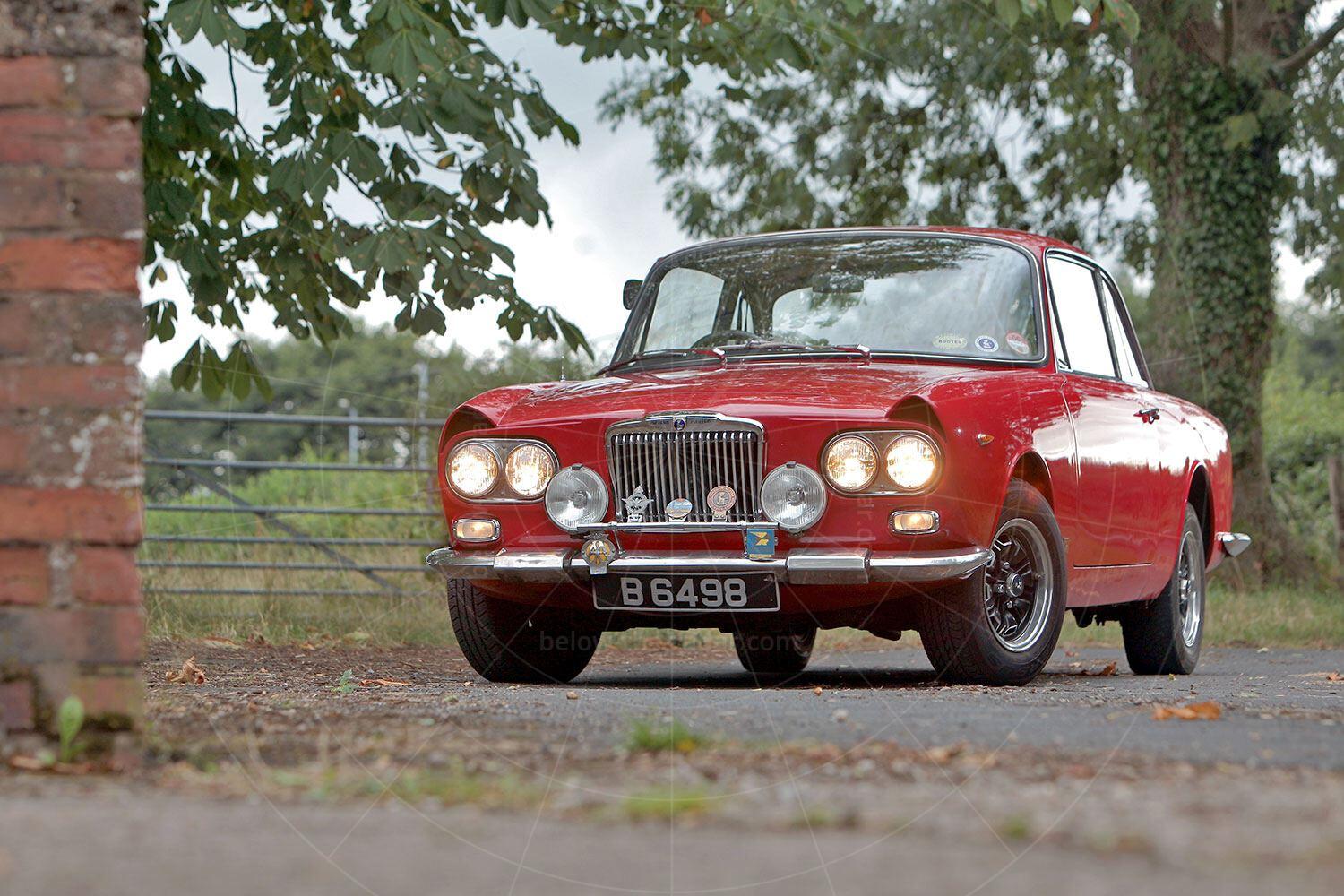
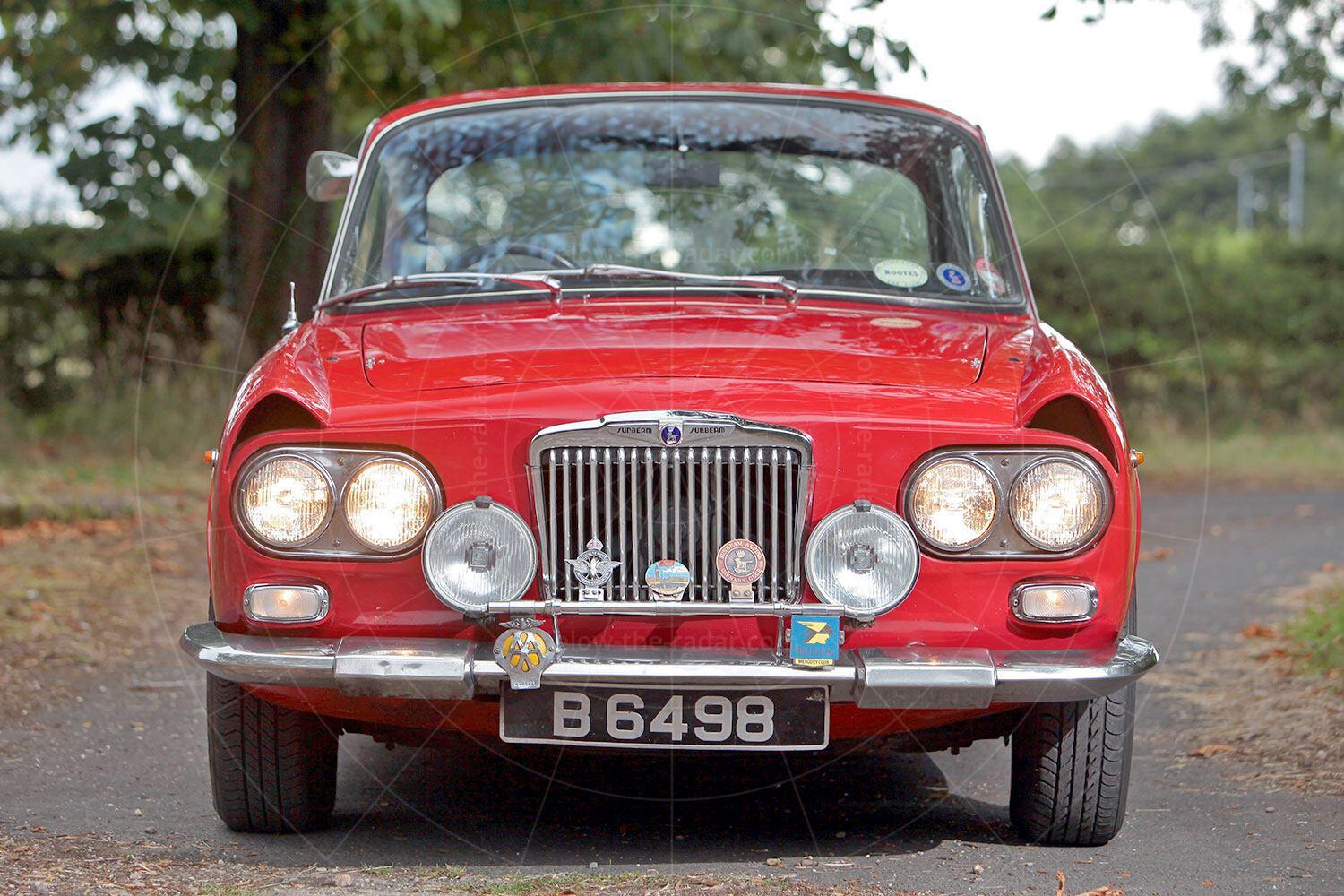
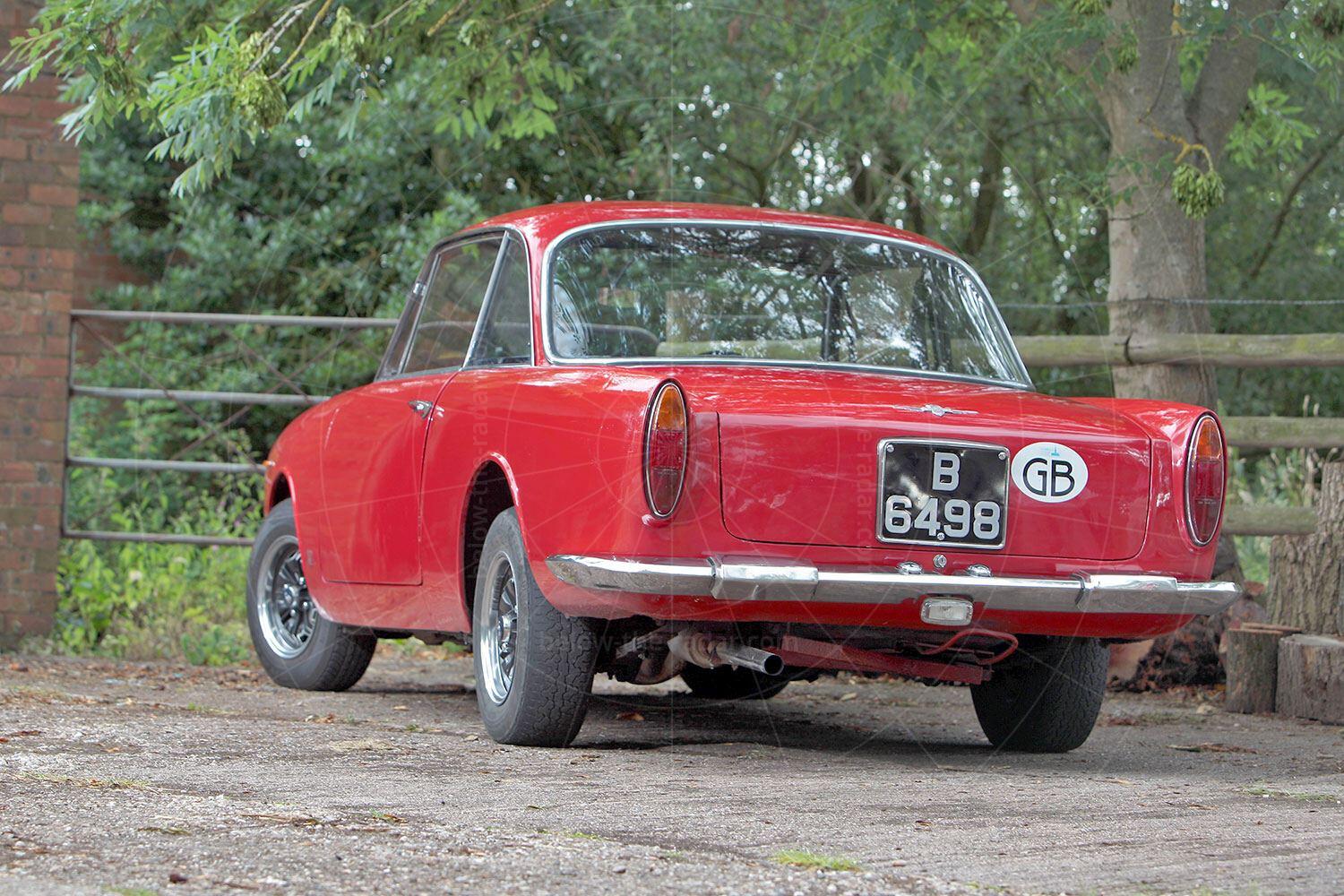
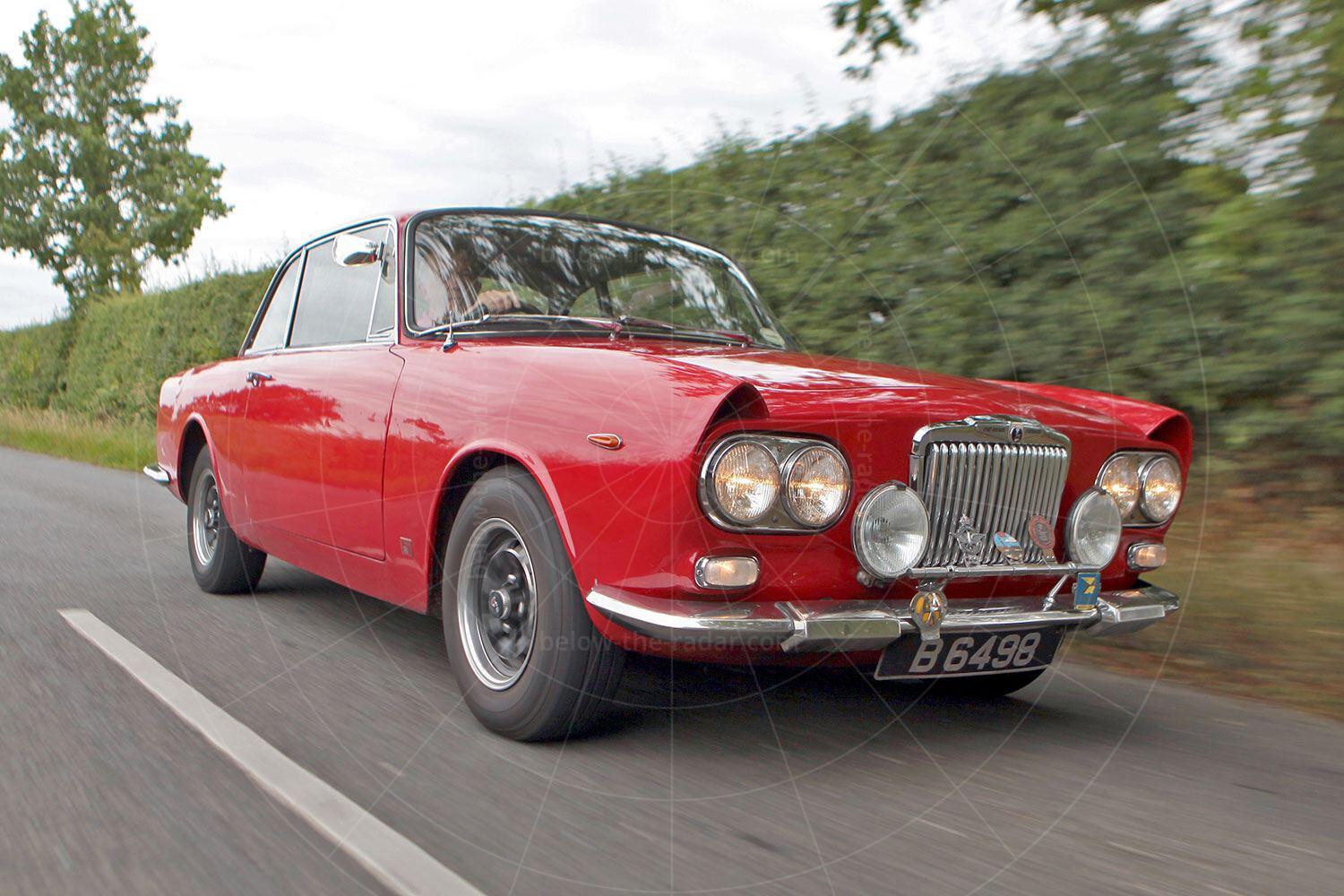
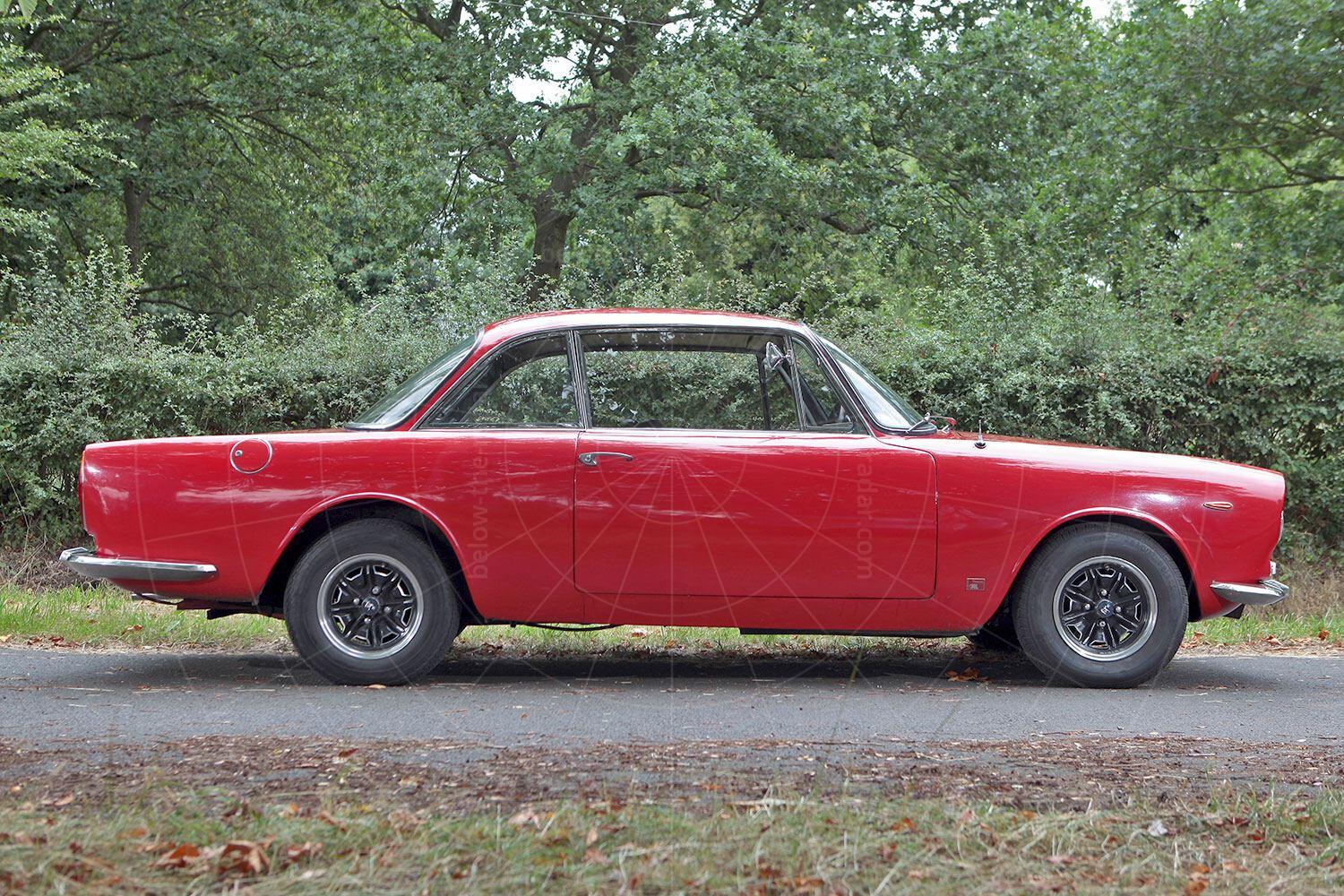
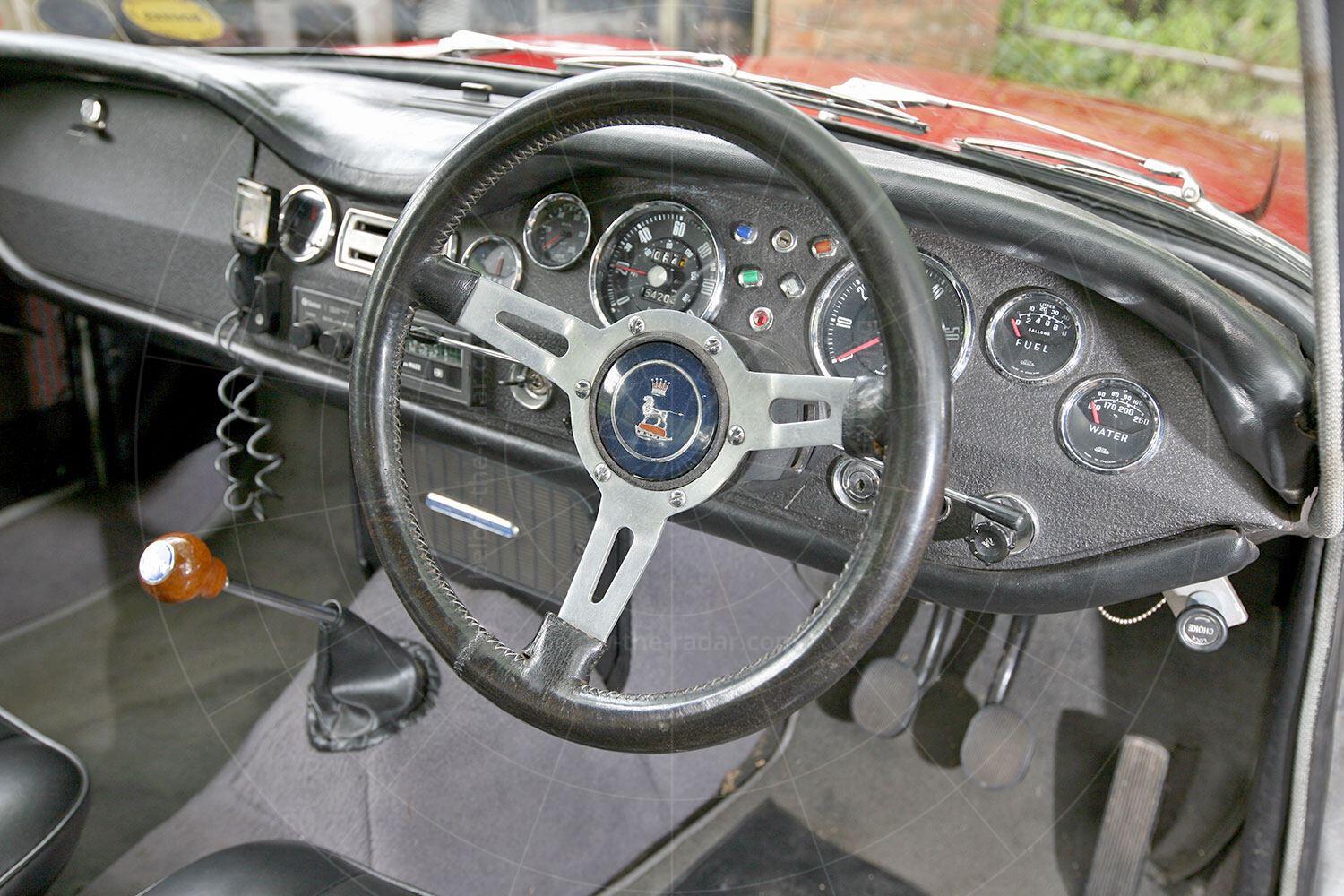
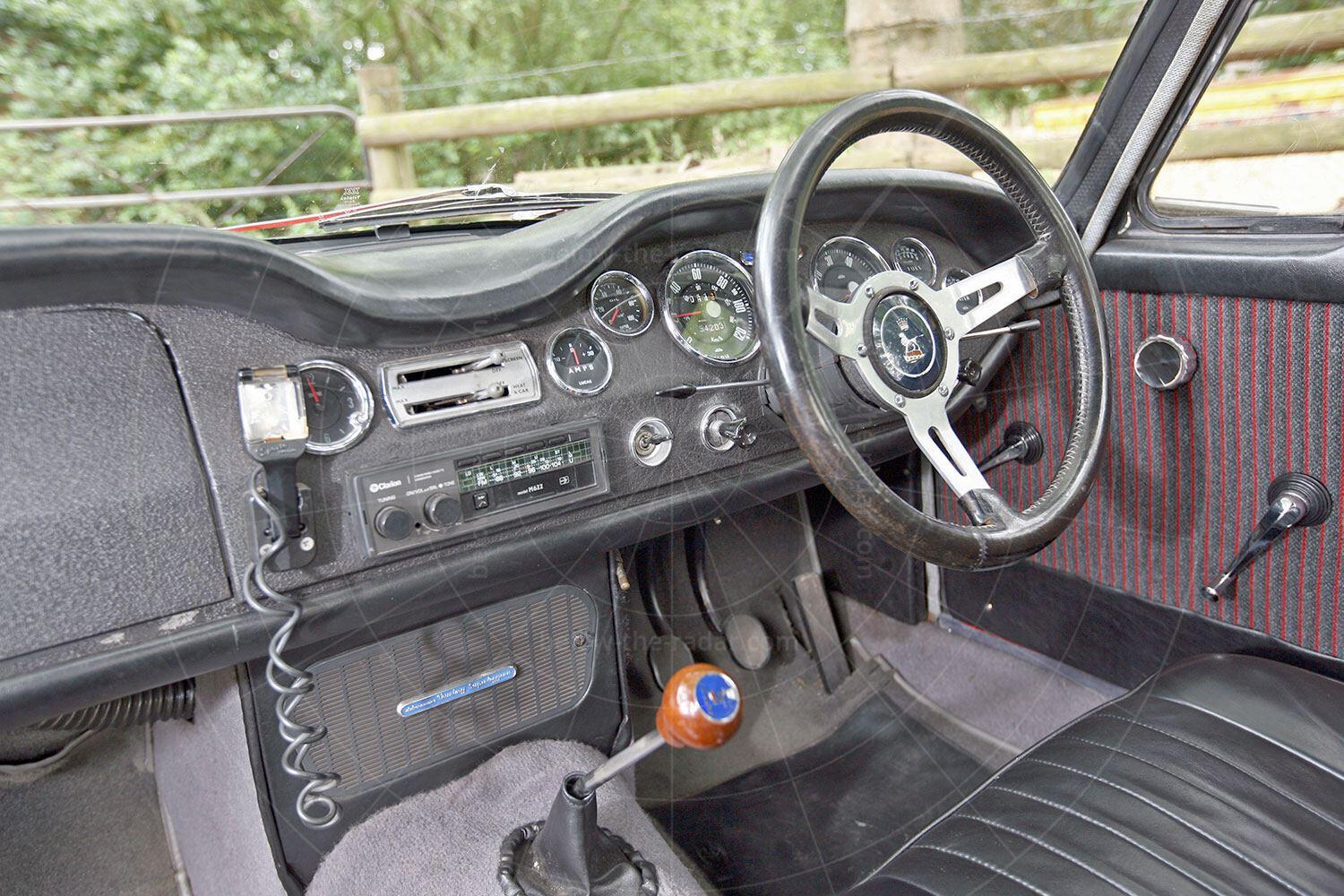
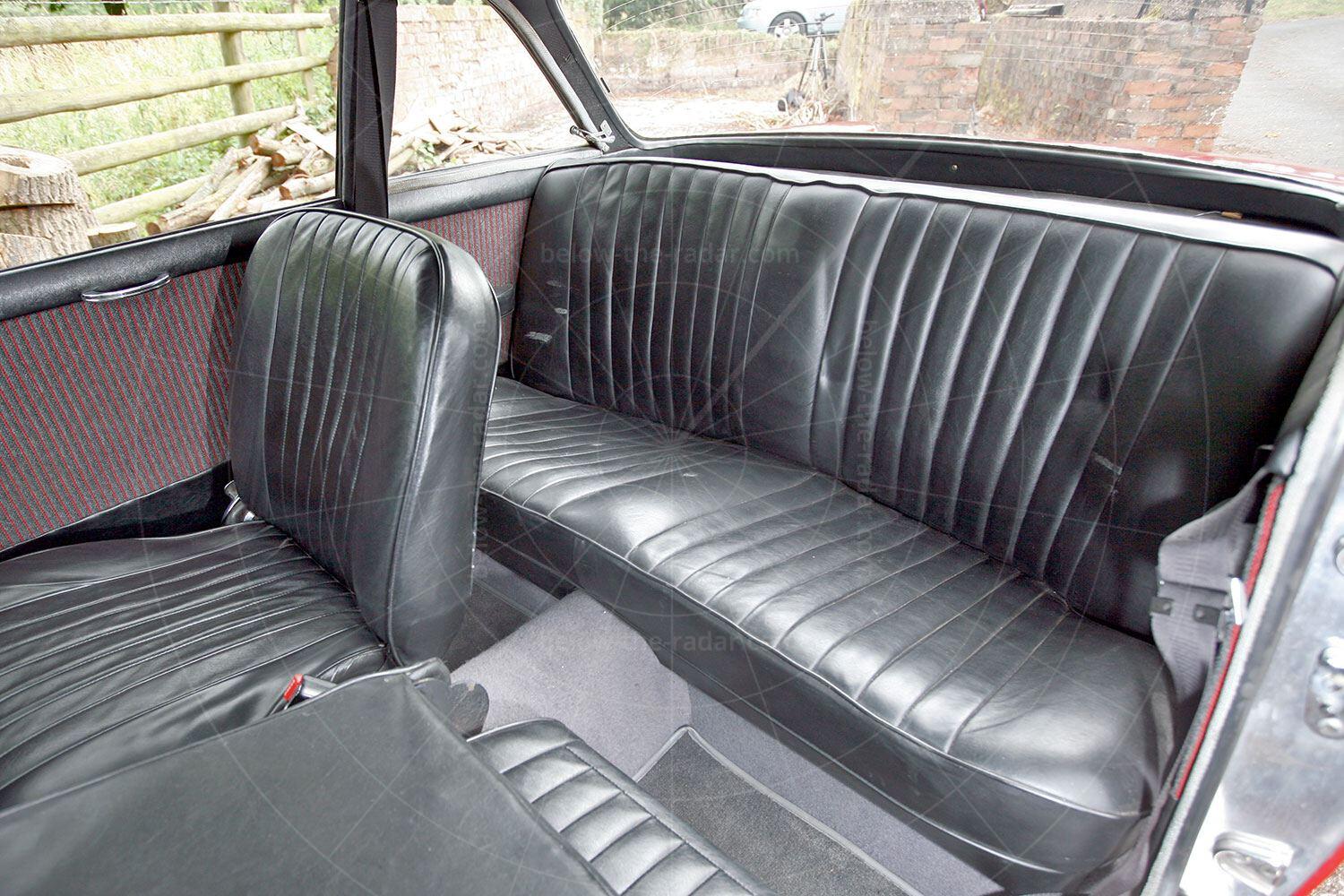
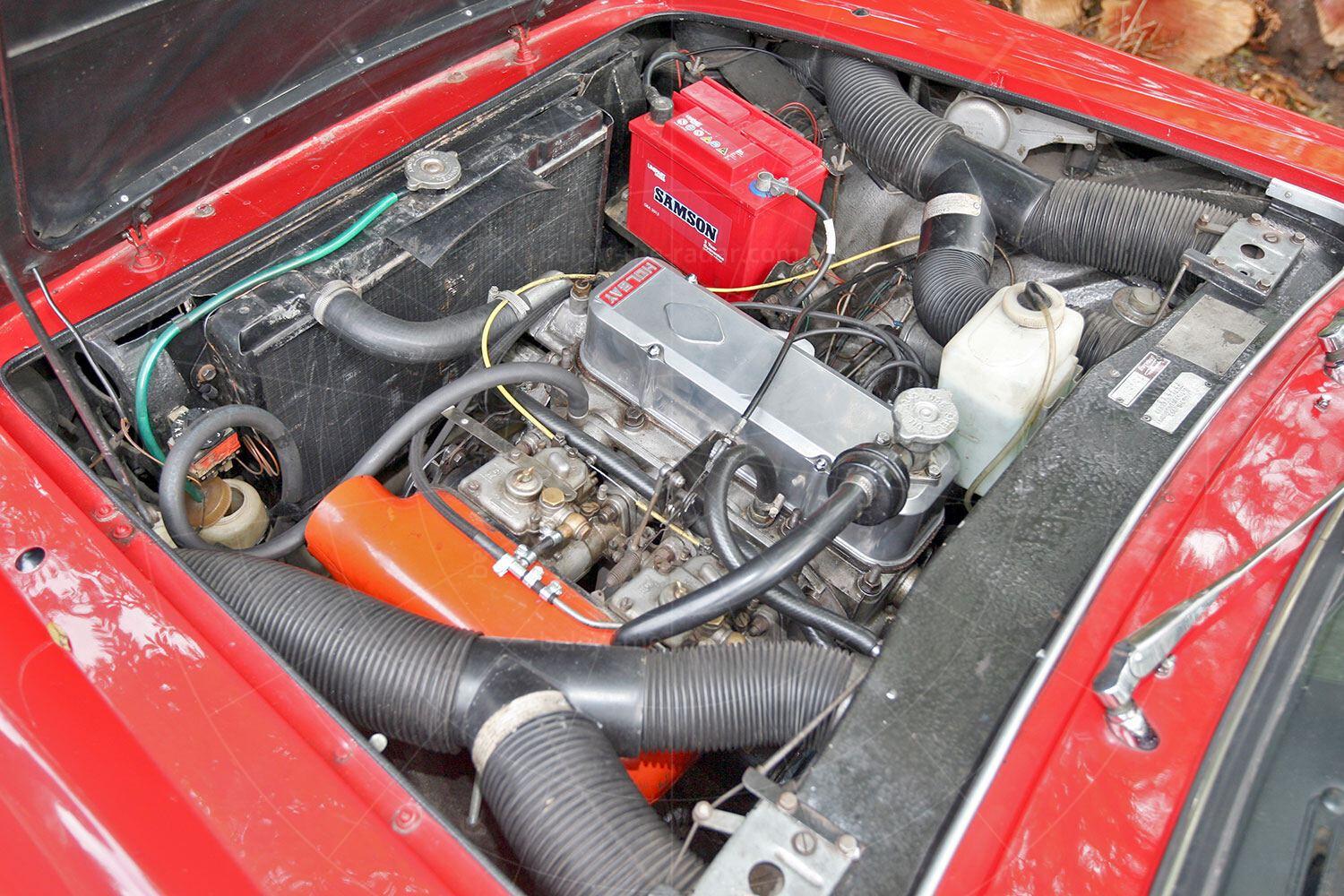
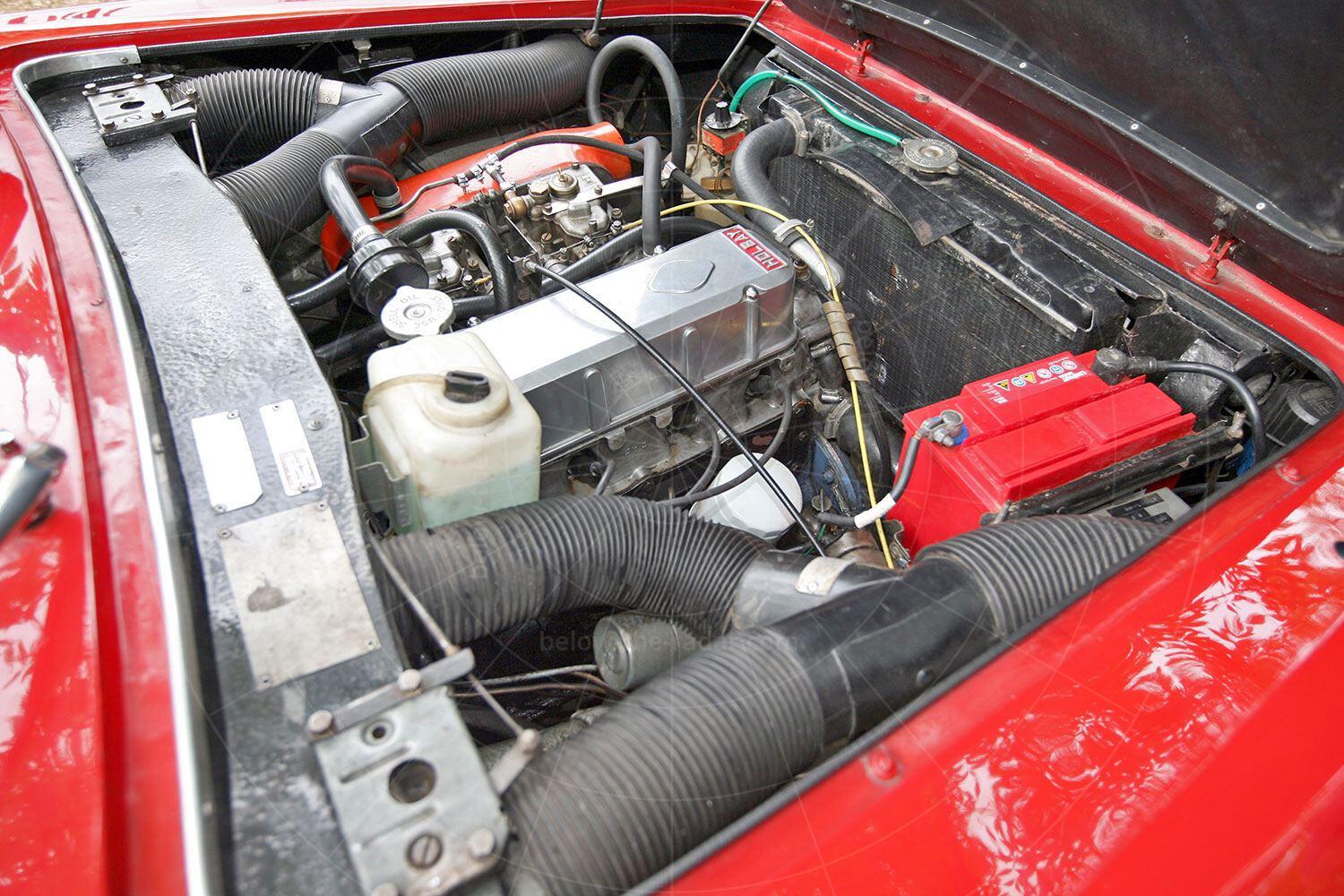
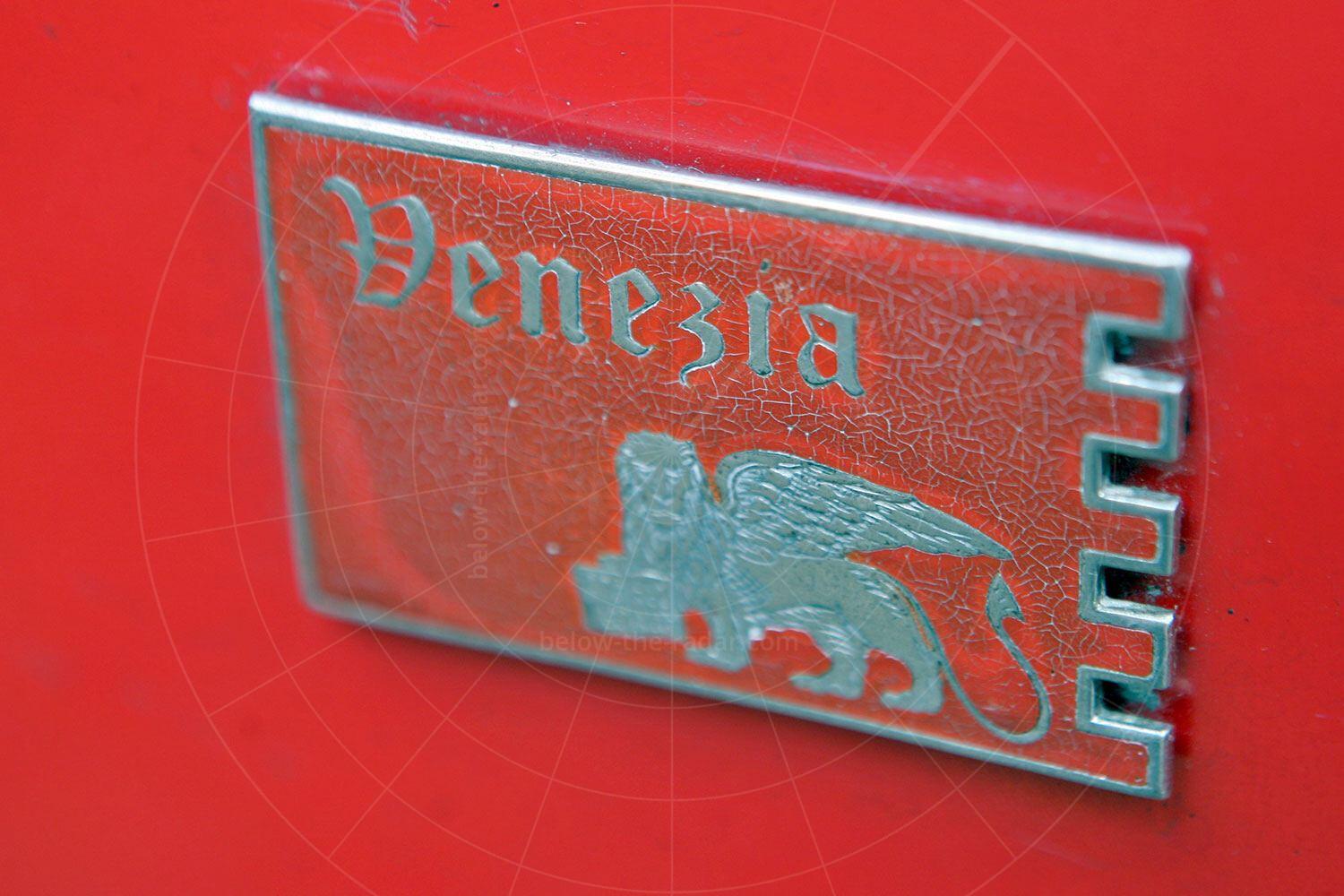
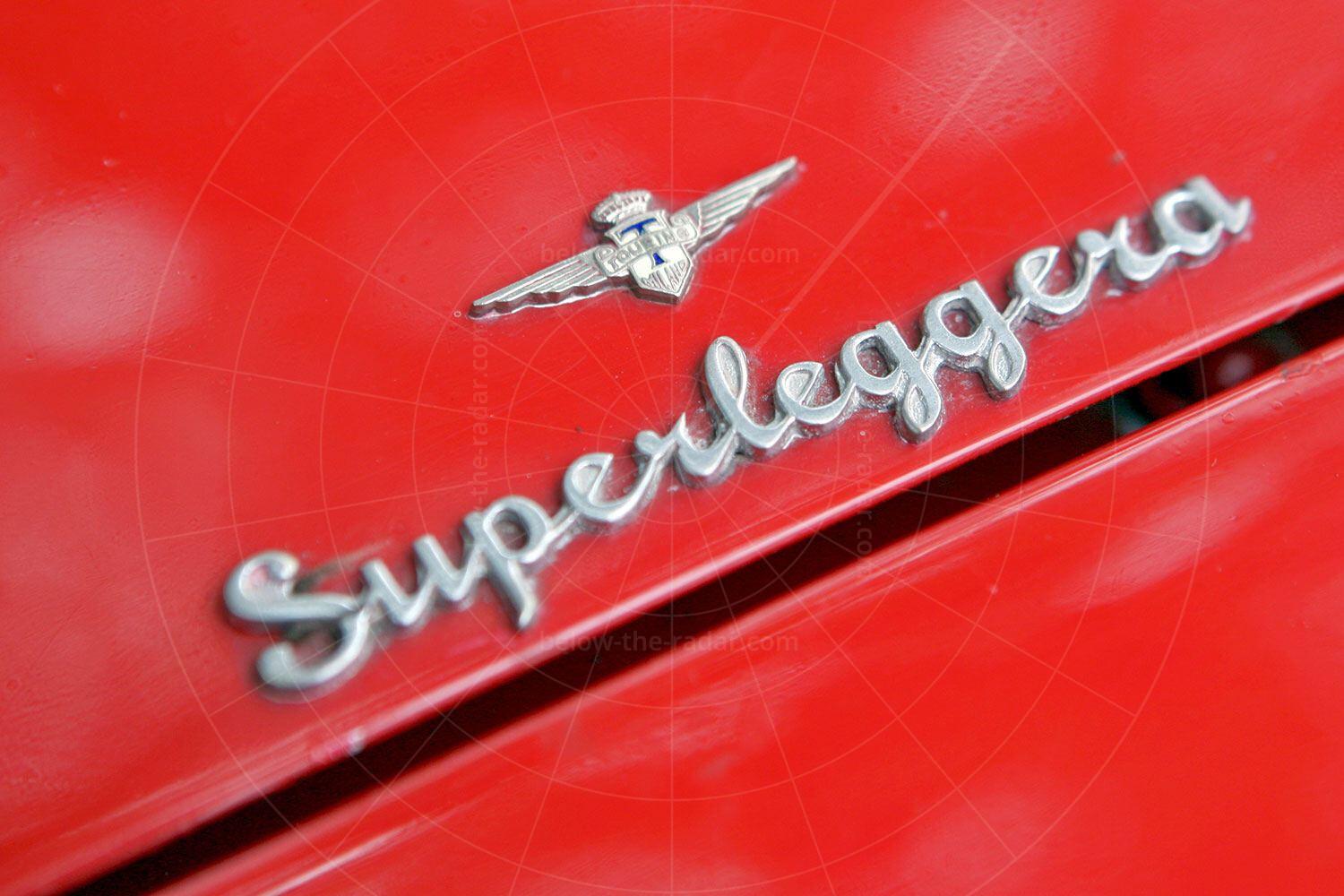
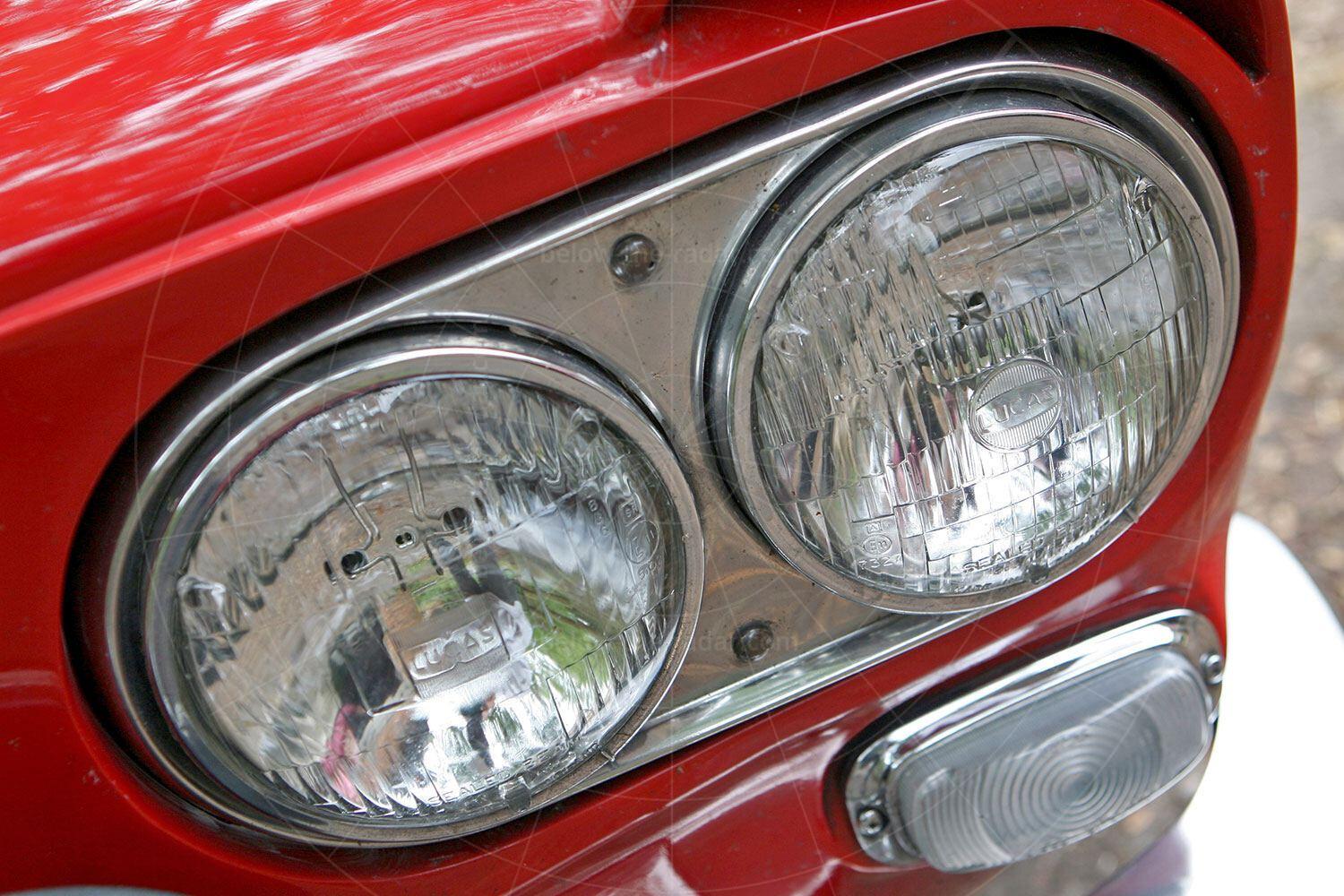
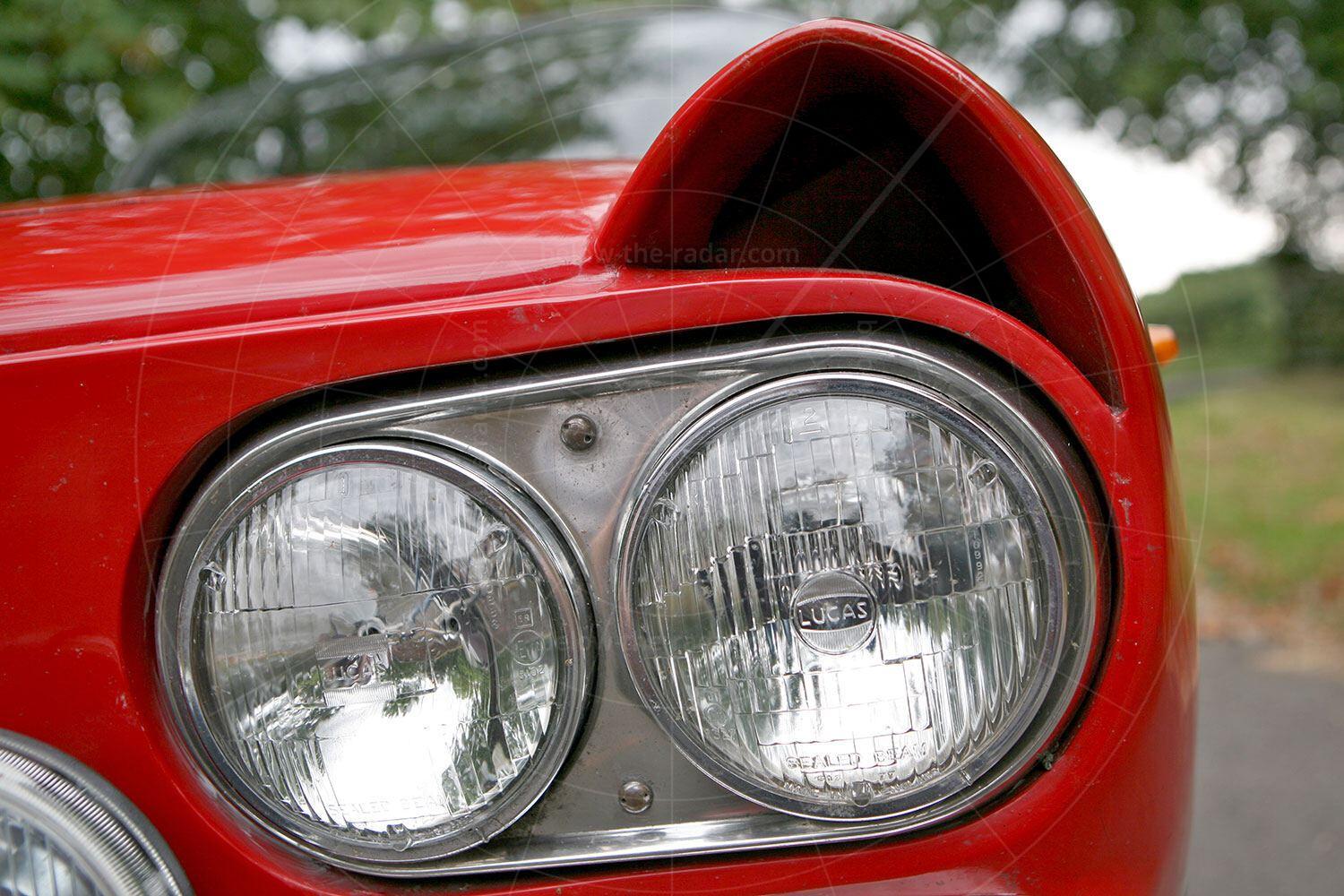
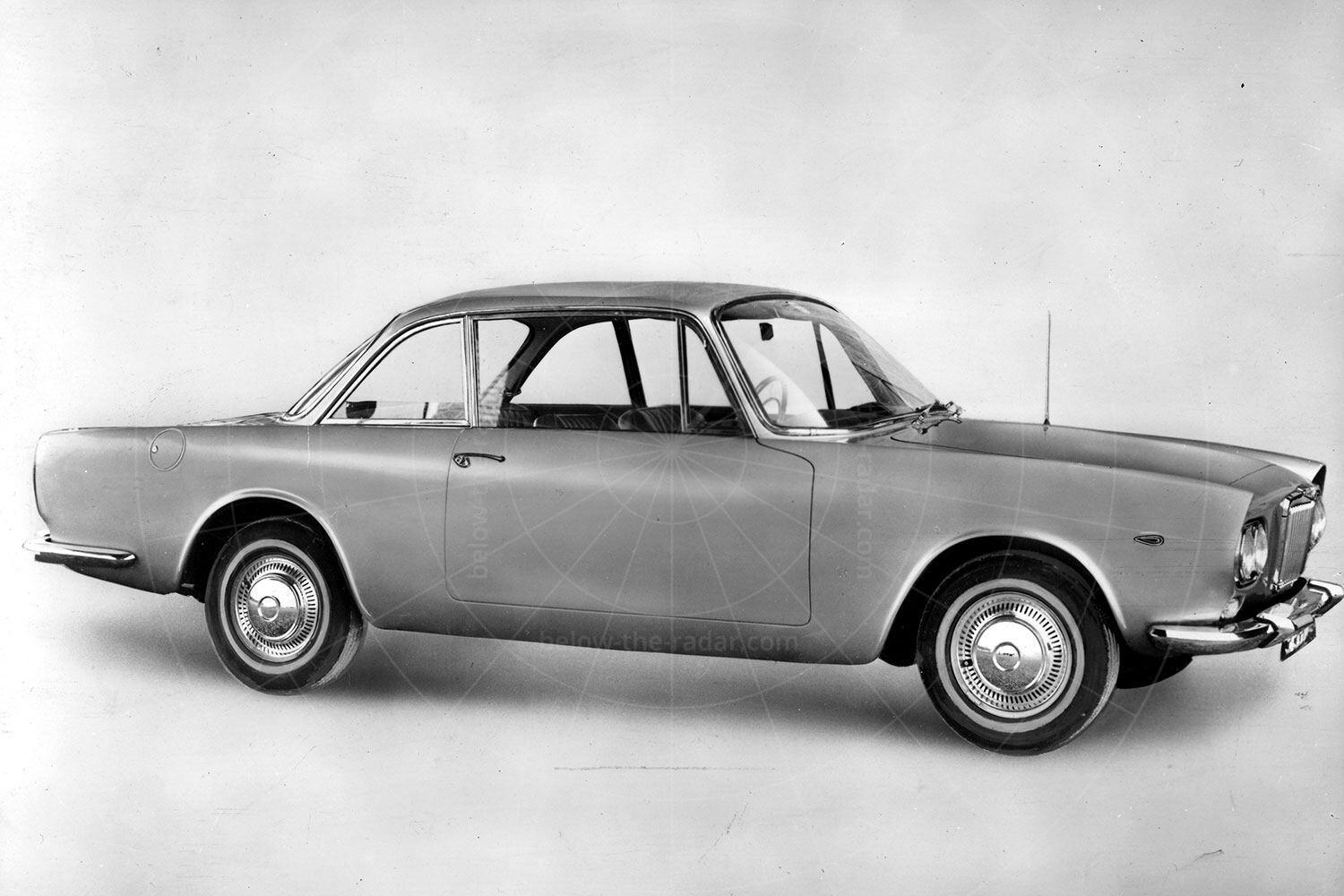
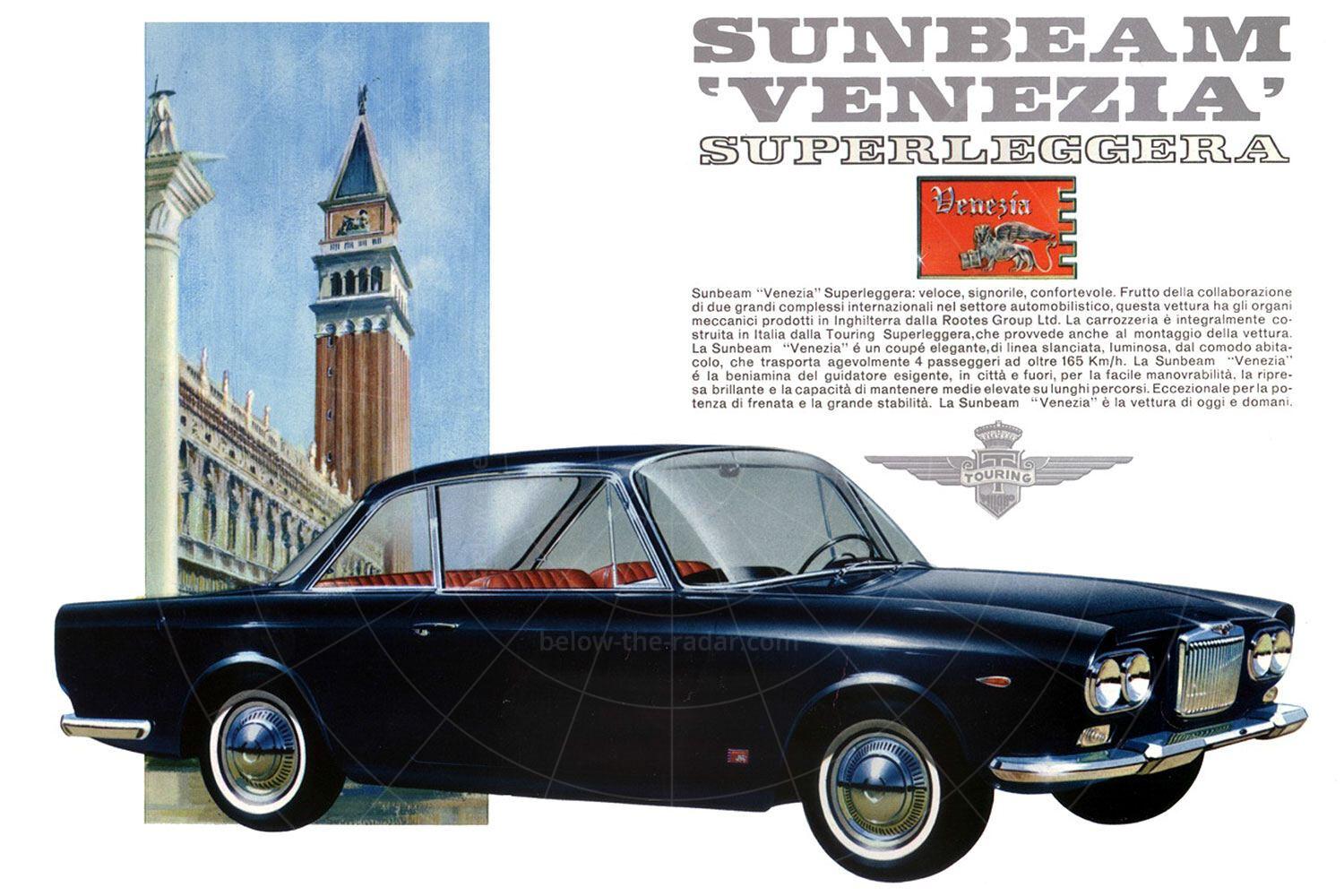

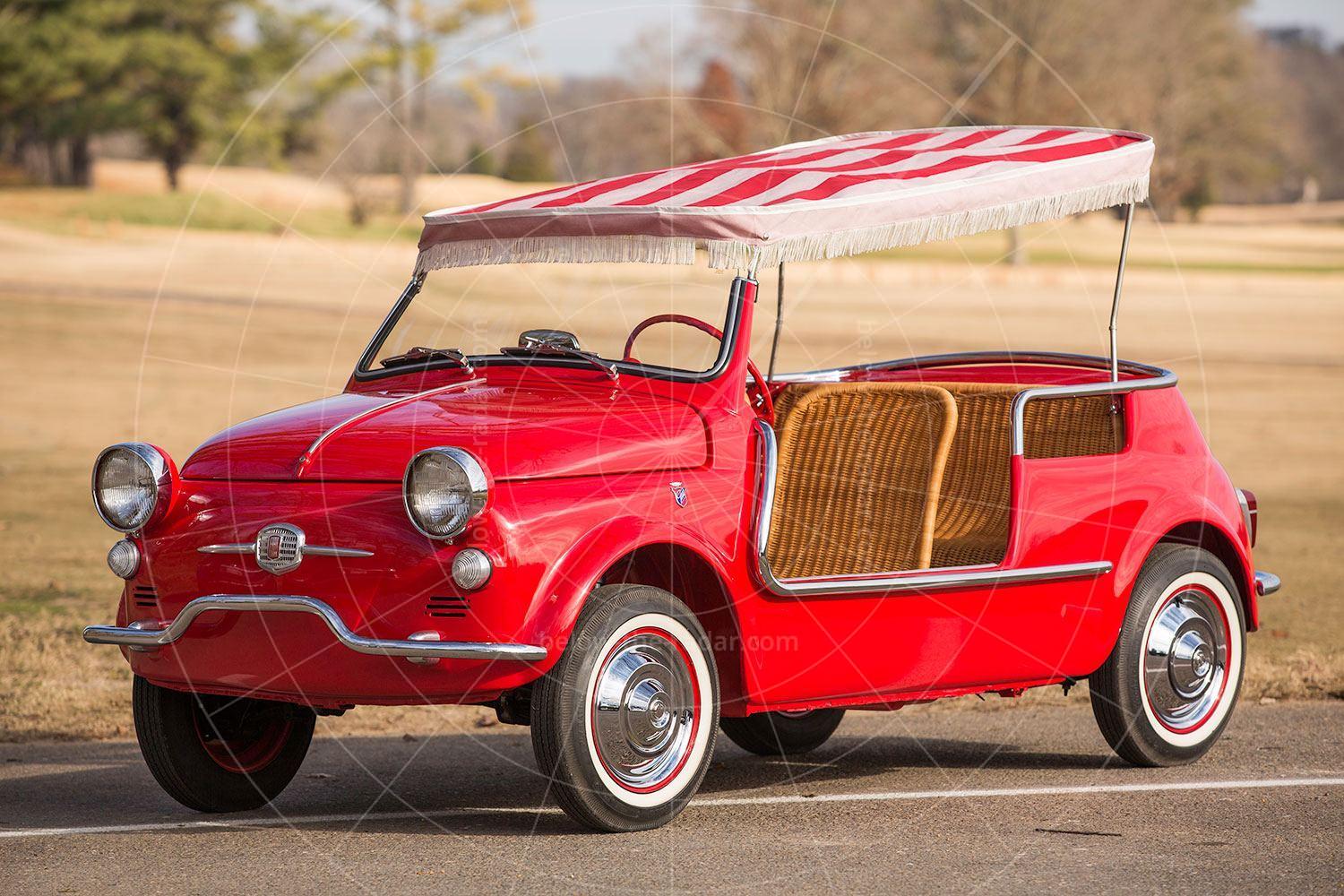
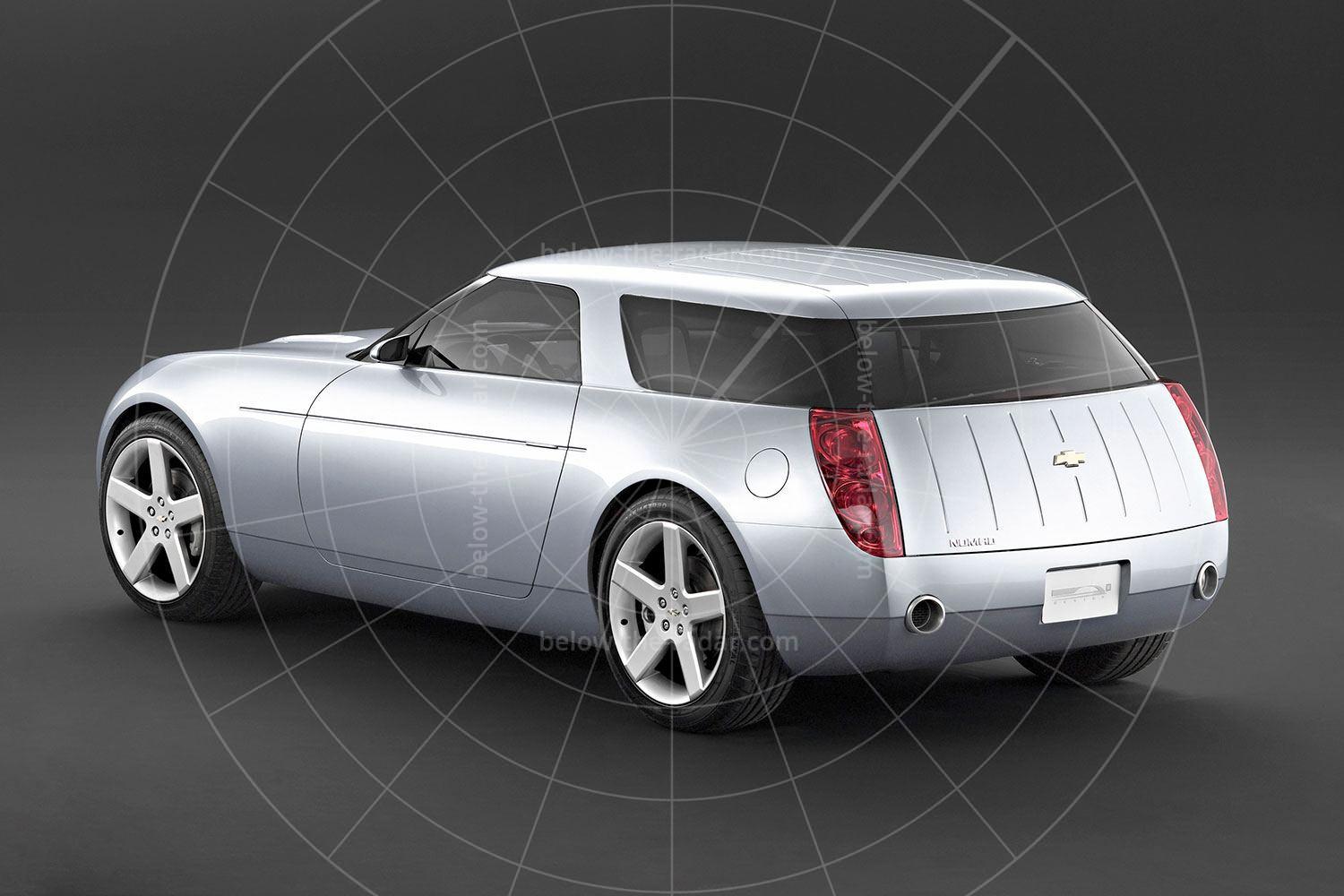
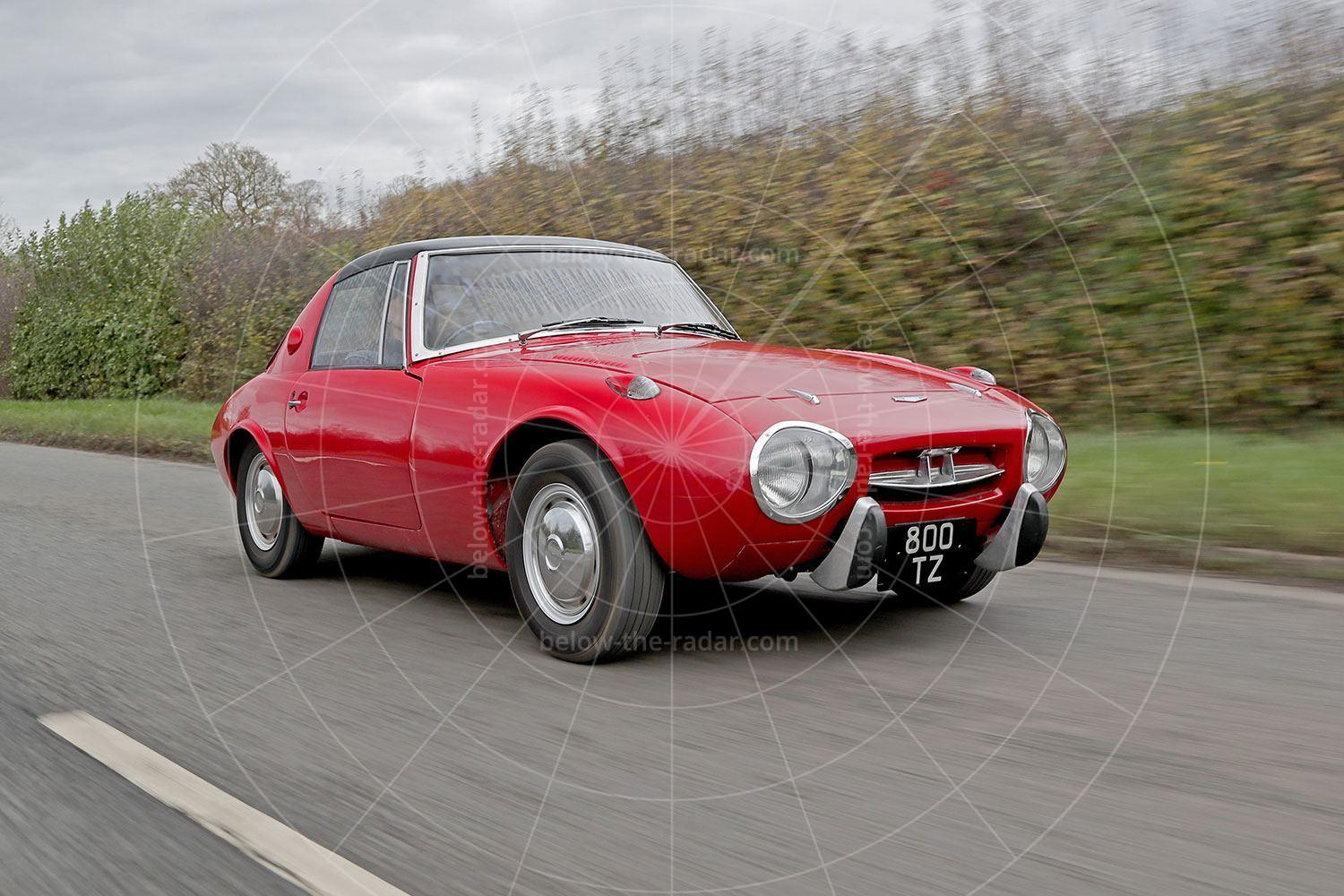
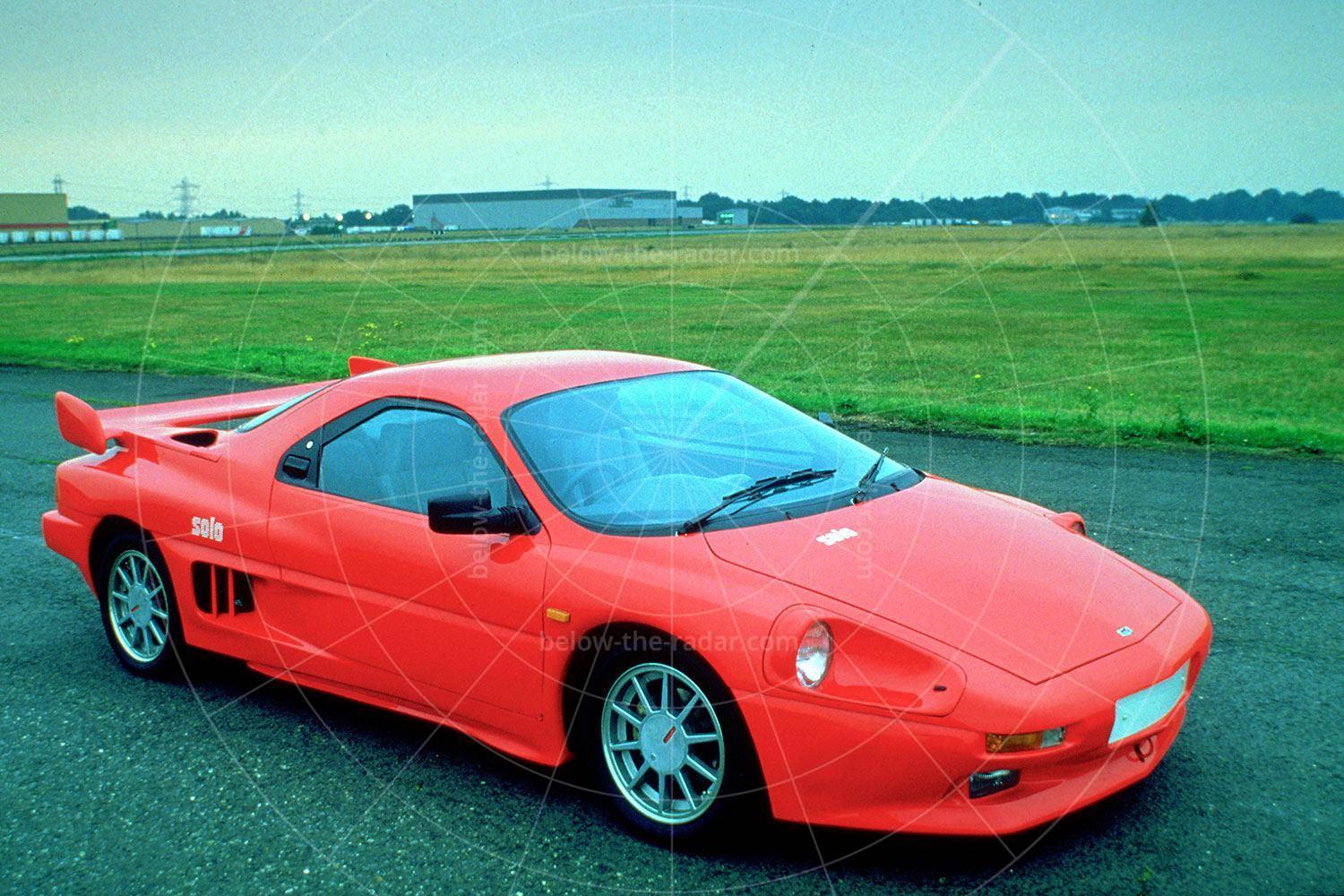
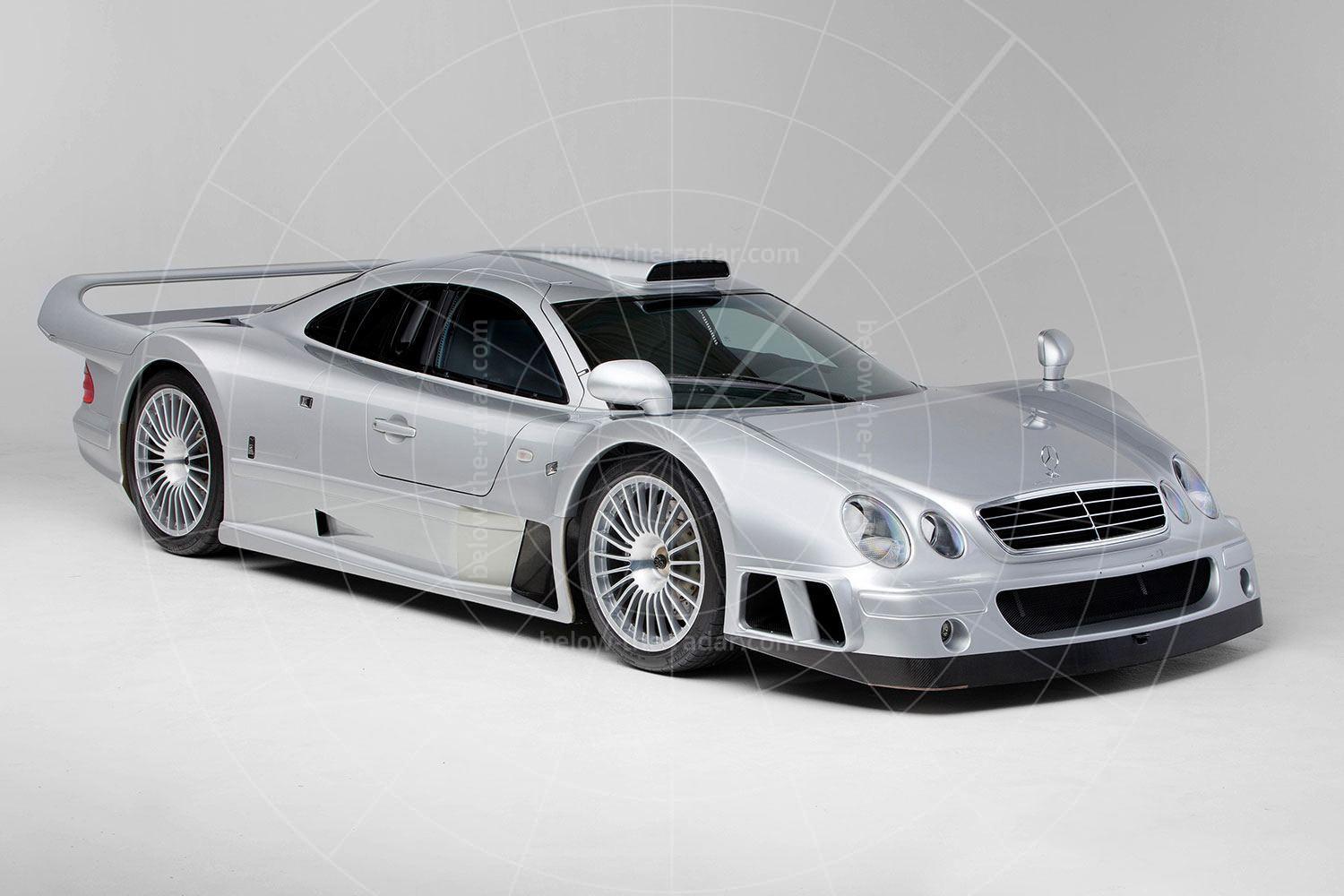
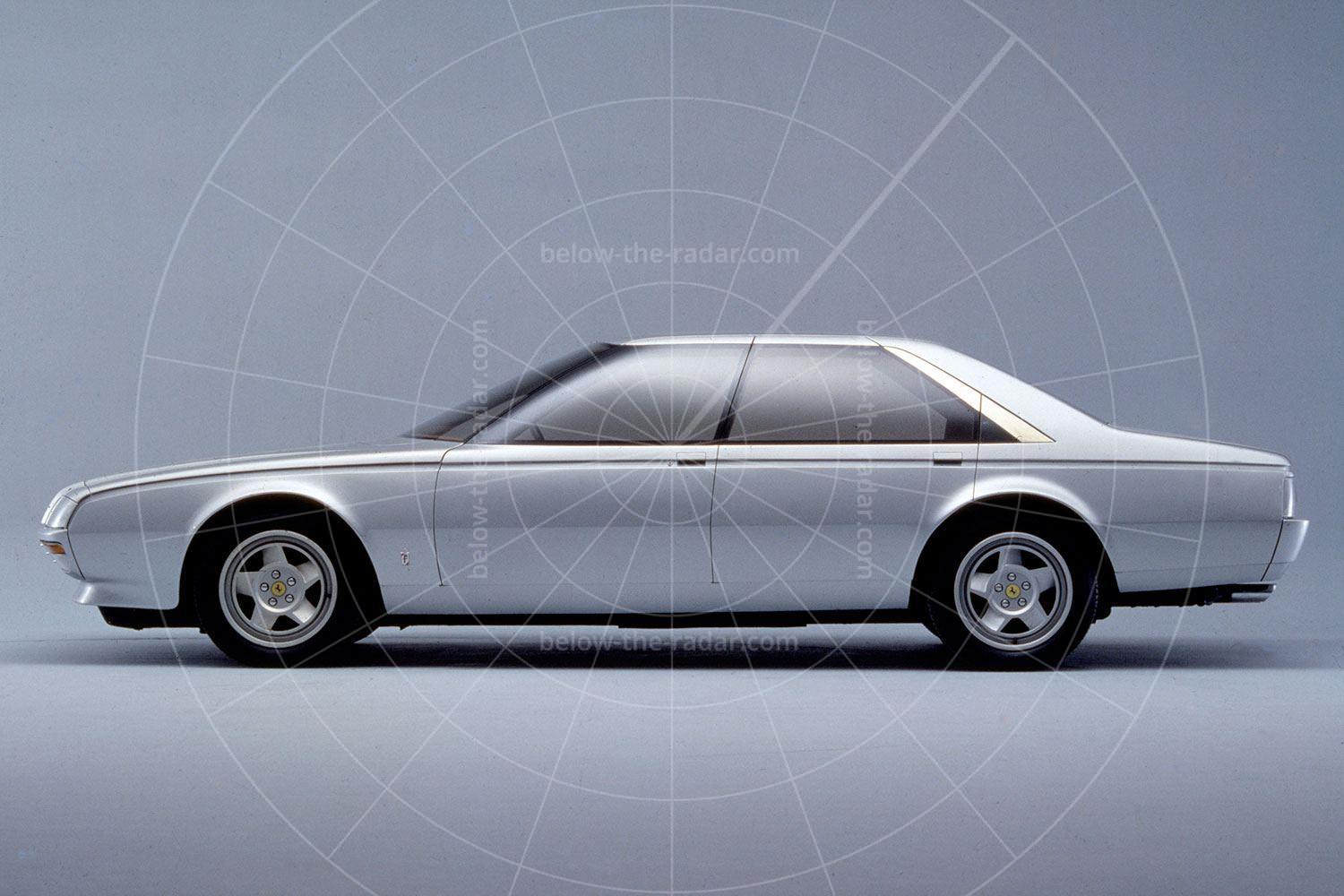
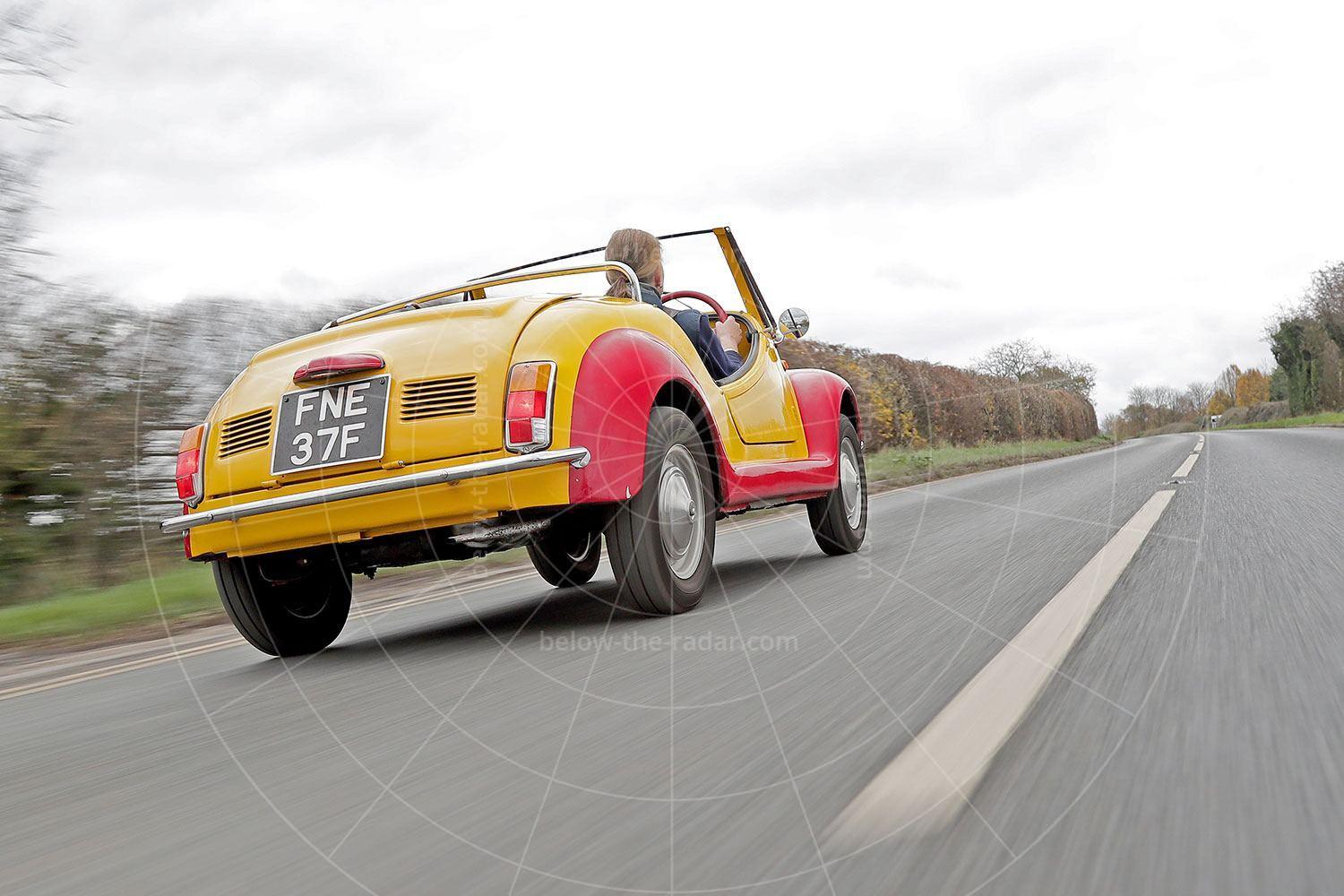
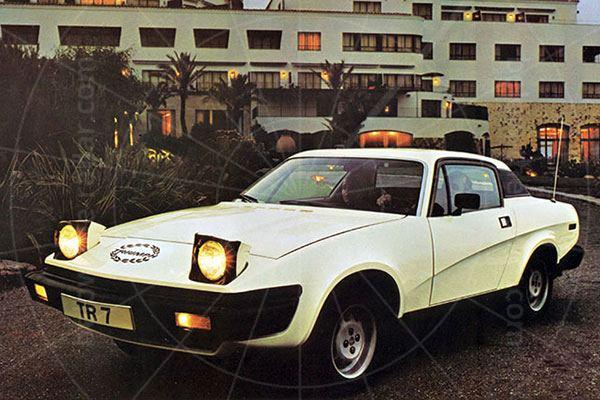
Black is the best colour – it makes the cat ears in the mudguards less apparent.